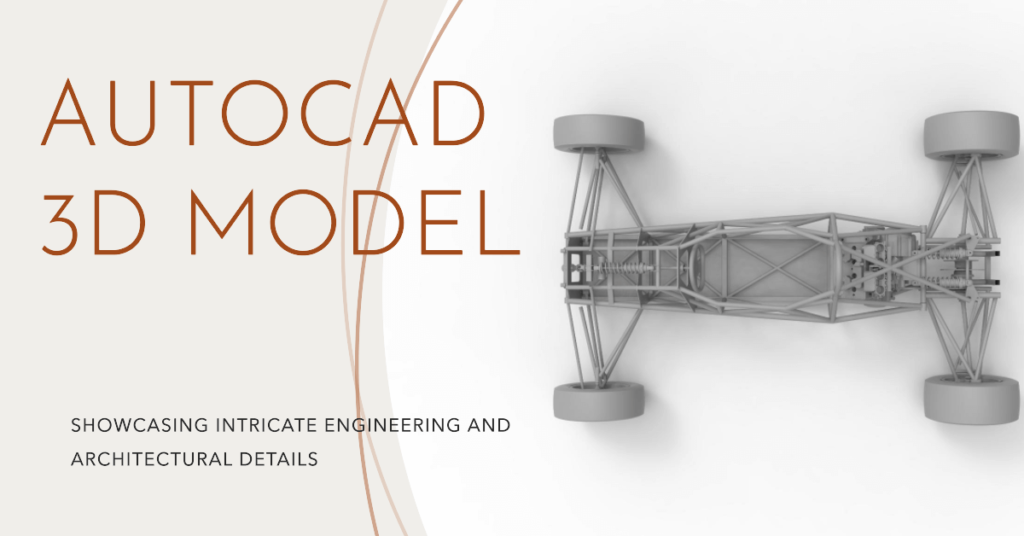You can’t prevail in 3D attracting without figuring out how to see your model from different edges. In this instructional exercise, you will get comfortable with AutoCAD’s Isometric perspectives, figuring out how to move and change AutoCAD questions in 3D. You will do this by making a basic 3D portrayal of an entryway and controlling it to suit your necessities. Is anything but a correct model however will give you the experience you have to make more exact 3D models unit.
Some Relevant Posts:
500+ Cad blocks Kitchen and Bathroom Accessories AutoCAD blocks free download
Hanging Plants CAD Blocks Library Free Download
VV Lisp file Download Free Write Offset Elevations in Sections
What is the difference between Autodesk and AutoCAD?
1) Specify settings
Before we begin, you have to ensure your settings are indistinguishable to dig for the instructional exercise to work.
We’ll be working in inches. In the event that you usually work in the metric framework, type DWGUNITS on the order line and sort 1, for inches.
Sort UNITS and in the Units exchange box, under Length, Type, pick Architectural and click OK.
To indicate the Snap and Grid settings, right-tap the Gridmode catch on the Status bar and pick Grid Settings.
Snap and Grid should both be on, set to 6″, as you see on the right. Snap OK to close the discourse box.
Join or subtract 2D shapes to make custom shapes.
Now and then you have to make a 2D profile that is a mix of the essential geometrical shapes that AutoCAD makes. While you may have the capacity to utilize the PLINE command to make what you need, at times, 2 different techniques might be simpler.
Subtract shapes with the SUBTRACT command
Contingent upon the data you have about the range of the circle and length of its inset, it may be less demanding for you to begin with these articles:
Working with linetype scales
Straightforward linetypes enable you to apply a rehashing arrangement of dashes, specks, and spaces to your articles. Complex linetypes can likewise incorporate content or shapes.
As of late, a peruser said that his linetype was characterized as dash-speck yet showed as a persistent linetype. In the event that you have this circumstance, zoom in and check whether you can see the spots and dashes.
In the event that you find that the linetype designs in your design are too long or short, the line may look ceaseless. How frequently the example is rehashed is influenced by three components:
- The linetype definition itself
- The worldwide linetype scale
- The question linetype scale
- Utilize an alternate linetype definition.
One decision is to change the linetype. Various linetypes come to put it plainly, medium, and long varieties, for example, Dashedx2, Dashed, and Dashed2, as you see here.
If you use ISO linetypes, the sample definitions are any lengthier than the other linetype definitions, so you may need to make changes in accordance with the linetype scale.
- Change the worlwdide linetype scale
Another decision is to change the worldwide linetype scale, which influences all noncontinuous linetypes in your design. AutoCAD duplicates the linetype definition by the worldwide linetype scale to compute the length of every reiteration of the linetype:
- Linetype scales bigger than 1 result in longer segments — and less reiterations of the linetype definition
- Linetype scales under 1 result in shorter segments — and more redundancies of the linetype definition
When you draw, you simply need to have the capacity to recognize the linetype both when you can see the whole design on the screen and when you zoom in close. The fundamental motivation to scale linetypes is for plotting. A linetype gage that works for design of a house while you’re drawing may look constant when you plot it at a scale factor of 1 = 192.
While plotting, first attempt the plotting scale factor for the linetype scale. On the off chance that that doesn’t give you the outcomes you need, attempt 1/4 or 1/2 of the scale factor — in the 1 = 192 case, you could attempt a linetype size of 96 or 48.
To change the linetype scale, tap the Linetype drop-down rundown in the Properties board of the Home tab and pick Other to open the Linetype Manager. Snap Show Details if the lower bit of the discourse box isn’t shown.
In the Global Scale Factor content box, type the scale factor that you need. Snap OK. The design recovers, changing the size of each noncontiguous linetype in the design.
Tip: The worldwide linetype scale is put away in the LTSCALE framework variable. You can change the linetype scale by writing ltscale on the summon line and composing a scale.
- Change the entity linetype scale.
Some of the time you may need the linetype separating to be diverse for only 1 or 2 objects. Possibly a question is too little to demonstrate the linetype unmistakably.
To change the linetype scale, open the Linetype Manager. Snap Show Details if important and in the Current Object Scale content box, type the scale factor you need. Snap OK. Presently all questions that you draw utilize the present protest linetype scale. When you’re finished design objects at that linetype scale, make sure to change the linetype downsize to 1.
Tip: The present protest linetype scale is held in the CELTSCALE framework variable. You can likewise change the present question linetype scale by composing celtscale on the command line and writing a scale.
In the event that you have additionally set the worldwide linetype scale to an esteem other than 1, AutoCAD increases the 2 linetype scales. So on the off chance that you have a worldwide linetype size of 12 and a present protest linetype size of 0.5, objects you draw will have a linetype size of 6.
To change a current protest’s linetype scale, select the question and open the Properties palette. Snap Linetype Scale and afterward write the new linetype scale. This linetype scale influences just the chose question. It doesn’t influence the worldwide linetype scale.
Have linetype scales puzzled you? Do you have any tips you can share? Leave a remark! What’s more, if it’s not too much trouble utilize the Share catches to impart this to your partners.


